You might laugh at the idea of using .22 LR over .380 ACP for self-defense, but please give me a chance to explain. Admittedly, I wouldn’t choose .22 LR in every situation, but in a very specific scenario, I think the .22 LR is a better option than the .380 ACP. It might sound silly, but just hear me out. Before we dive into that, let’s talk about the general terminal ballistics that help handguns stop threats.
Handguns, in general, suck at fighting. They are weak, have relatively poor penetration, and do not have secondary wounding characteristics. A handgun projectile wounds the flesh that it’s directly penetrating through. A large projectile cuts a larger hole, but that doesn’t matter nearly as much as where you can put the projectile. This is where the two most important considerations for handguns and self-defense come into play.
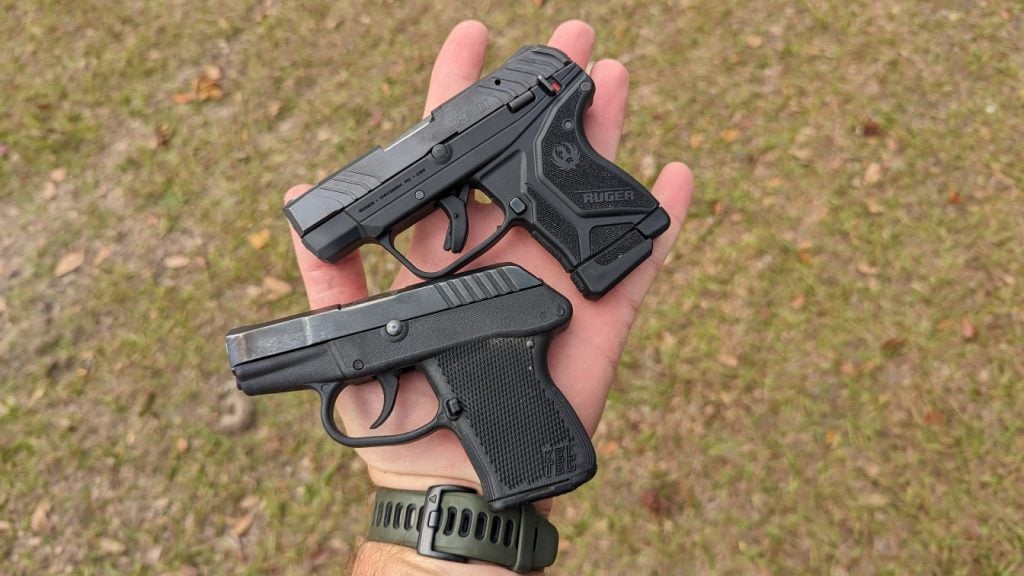
Those two considerations are shot placement and penetration. Shot placement is what the shooter can do. It’s your ability to put a shot where it matters. This means the brain and heart, but it could also include the spine and lungs. If you can accurately put a round in an important place, then you just need a round that can penetrate deep enough for it to matter. We need a round that can penetrate through at least 12 inches of properly calibrated ballistic gel.
The little .380 ACP does this pretty well and is the better penetrator for sure. However, the .22 LR can also reach the required depth with the right ammunition. I tend to prefer CCI Velocitors and Federal Punch. That’s not to say that .380 ACP isn’t better ballistically than .22 LR.
The Famed .380 ACP and What It Can Do
The .380 ACP can penetrate deeper, meaning if you shoot a threat at an awkward angle and the round as to penetrate through an arm, a hand, or something similar, then it will do it better. Additionally, the .380 ACP can be used with a jacketed hollow point, which means expansion. Expansion means a bigger bullet, and a bigger bullet means more damage. A bigger hole punched through the lungs is better than a smaller hole.
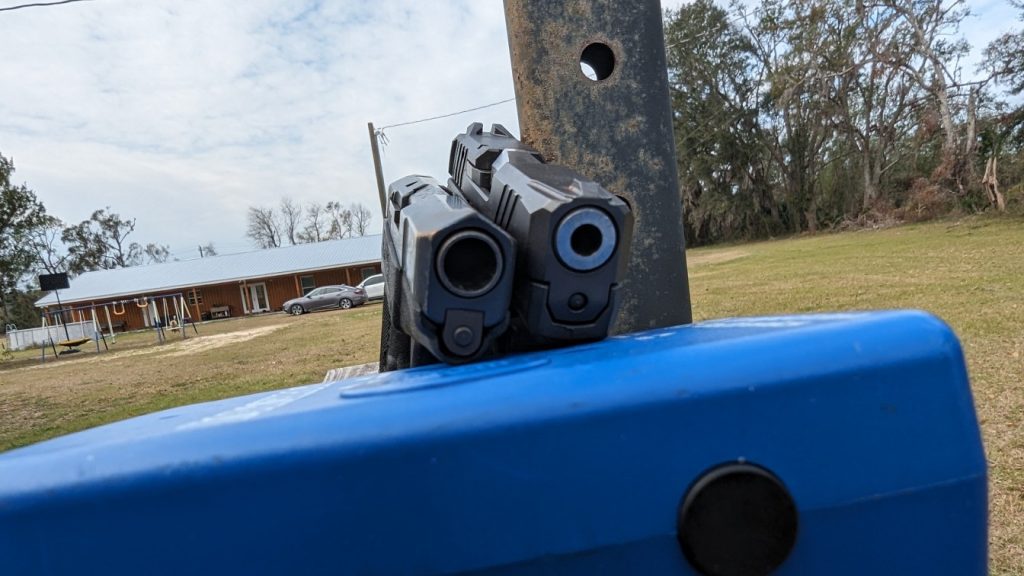
However, when we get to the specific situation where I prefer .22 LR over .380 ACP, we start to see some of these advantages shrink. That specific situation is pocket pistols. Ultra-tiny guns like the Ruger LCP and KelTec P3AT that use the .380 ACP begin to lose their advantages.
In a pocket pistol, you get a shorter barrel, which means a lower velocity. Even with JHPs, the velocity might not be enough to create a situation where the round opens and expands. With some projectiles, you might get the expansion but fail to get adequate depth. Even without expansion, we get a larger bullet, but that larger bullet comes with some serious disadvantages in a micro-sized pocket pistol.
Why I Prefer .22 LR to .380 ACP in Pocket Pistols
If you asked me right now whether I’d prefer to carry a Ruger LCP II in .22 LR or .380 ACP, I’d choose the .22 LR model. I’ve been shooting both a pocket .380 and pocket .22 LR and boy, let me tell you, the .22 LR gets it done. Let’s break it down.
Recoil
Recoil is the biggest reason. The .380 cartridge was designed for guns like the Colt M1903/M1908 Pocket Hammerless, which is a fairly large gun compared to a Ruger LCP. In larger guns, the .380 is great, but in micro-sized pocket pistols, it’s rough. It slaps the hell out of your hand and gets uncomfortable quickly. Something painful isn’t something a lot of people will be willing to train with.
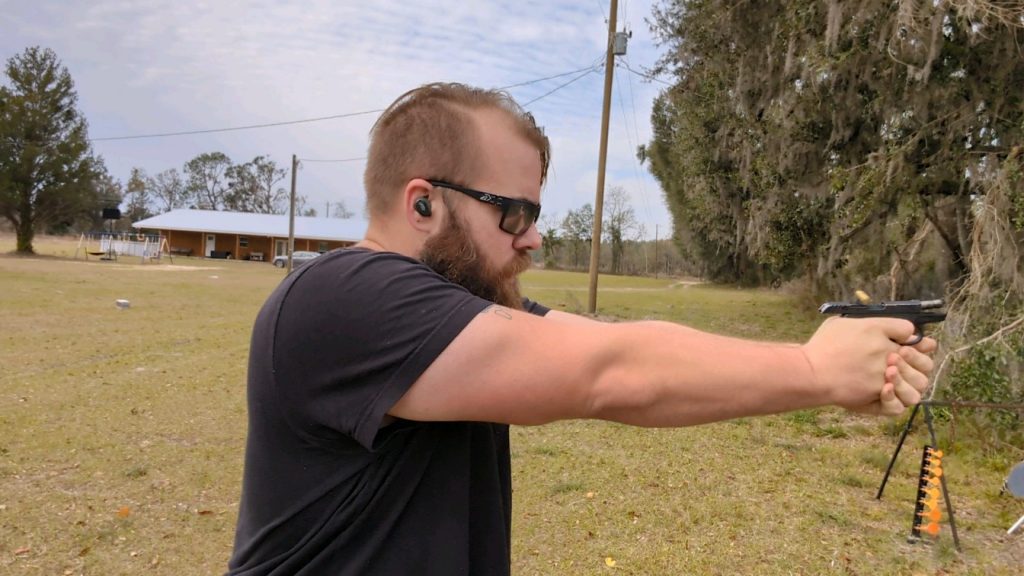
Let’s say you man up and get past the pain part. That’s easy to do, and admittedly, in an adrenaline-fueled fight, you are a lot less likely to notice it. As Patrick Swayze once said, “Pain don’t hurt.” However, that recoil goes beyond pain. It makes it very difficult to shoot the gun repeatedly. It’s often fighting to get out of your hand. Place yourself in a situation where you have to use the gun with a single hand, and it gets considerably worse.
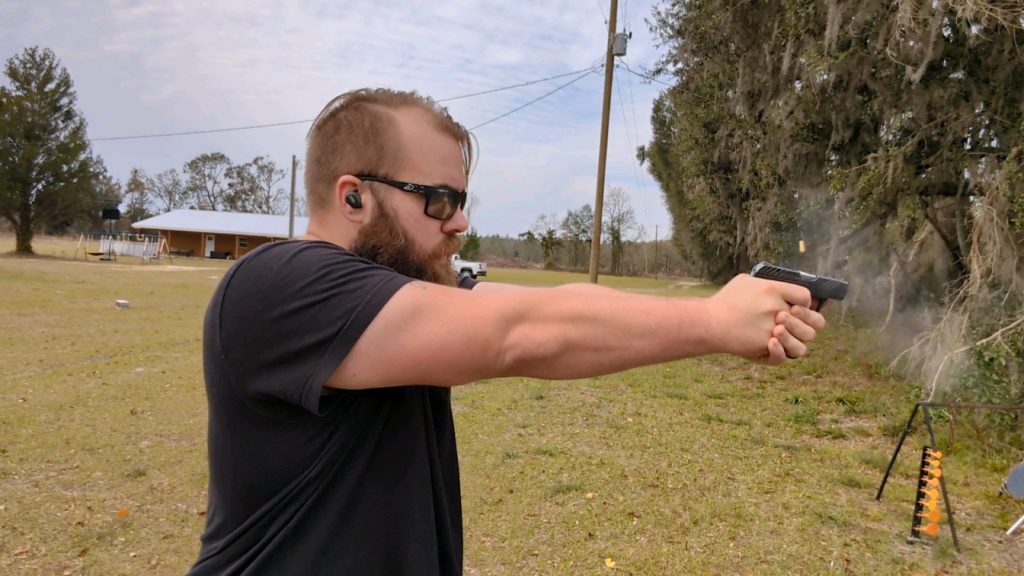
What about the little .22 LR? Even with the hot Federal Punch rounds in the small 11-ounce frame of the LCP II, the gun has no recoil. An amateur shooter could handle it with ease and in a pain-free way.
Actionable Accuracy
The recoil from a pocket .380 ACP is enough to make it tough to accurately hit a target. The first shot might be dead on, but repeated shots will be difficult to manage and potentially slower to allow the shooter to get back on target and shoot again. I took a pocket .380 ACP P3AT and an LCP II in .22 LR to the range with a shot timer and practiced some timed shots.
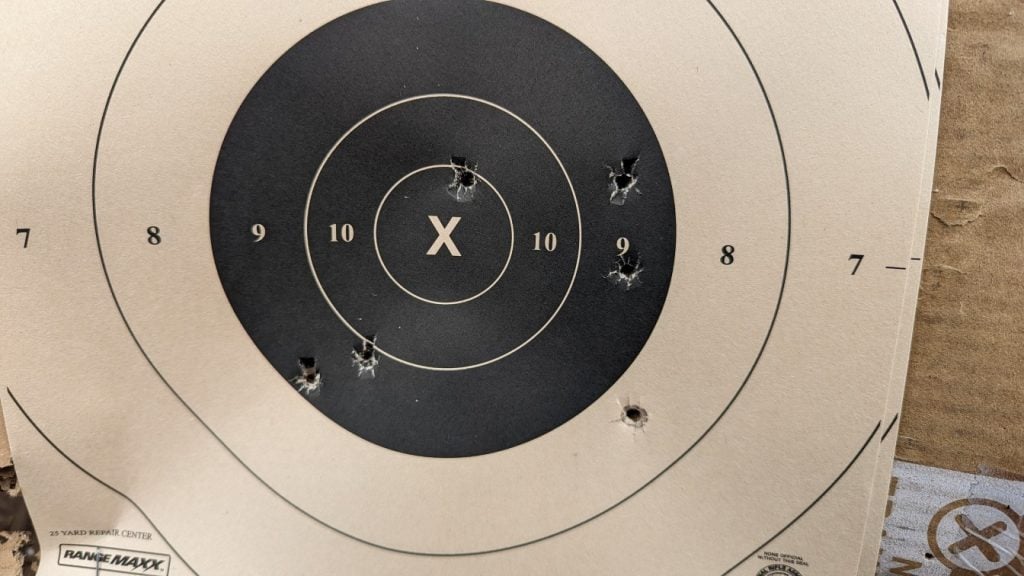
From the low ready, at seven yards, I aimed to shoot six rounds from each gun as fast as possible while maintaining accuracy. With the Kel-Tec P3AT, I landed a rather ragged group in 4.75 seconds. I put five of six rounds in the black, with one in the eight ring. With the LCP II in .22 LR, I landed six shots in 2.78 seconds with every round in the ten ring.
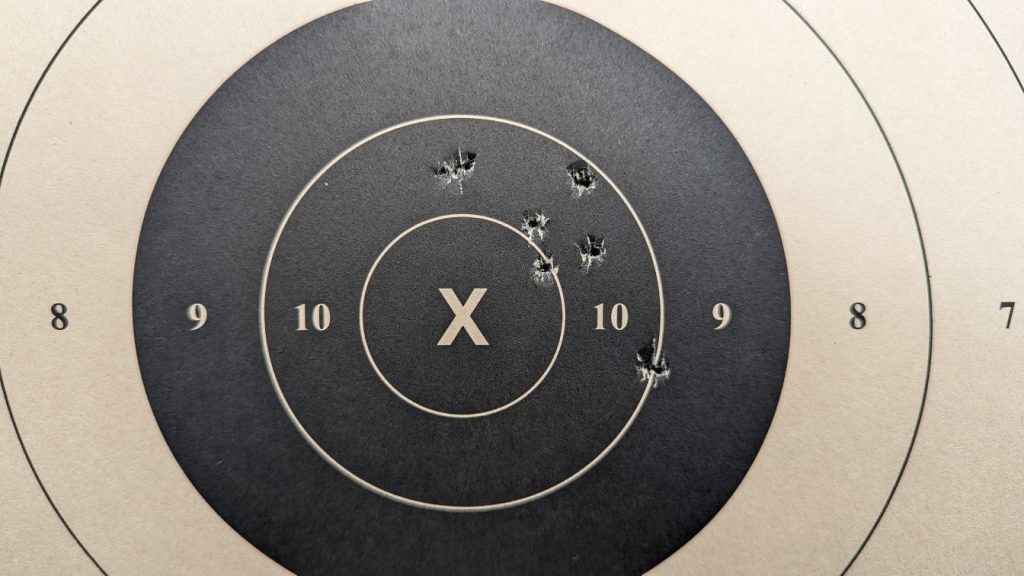
Just for fun, I loaded the LCP II to capacity at ten rounds and ran the same drill. Even after firing four more rounds, it still only took 3.20 seconds to land every round in the ten-ring. The .22 LR put a lot more lead on target a lot faster.
Capacity
Speaking of ten rounds, the LCP II in .22 LR can hold ten rounds, whereas every pocket .380 ACP I’ve encountered can only hold six rounds. Four more shots is an impressive increase in capacity. I wouldn’t sneeze at it. Additional rounds in a tiny, teeny gun are always handy. Having ten rounds in a pocket pistol is unheard of.
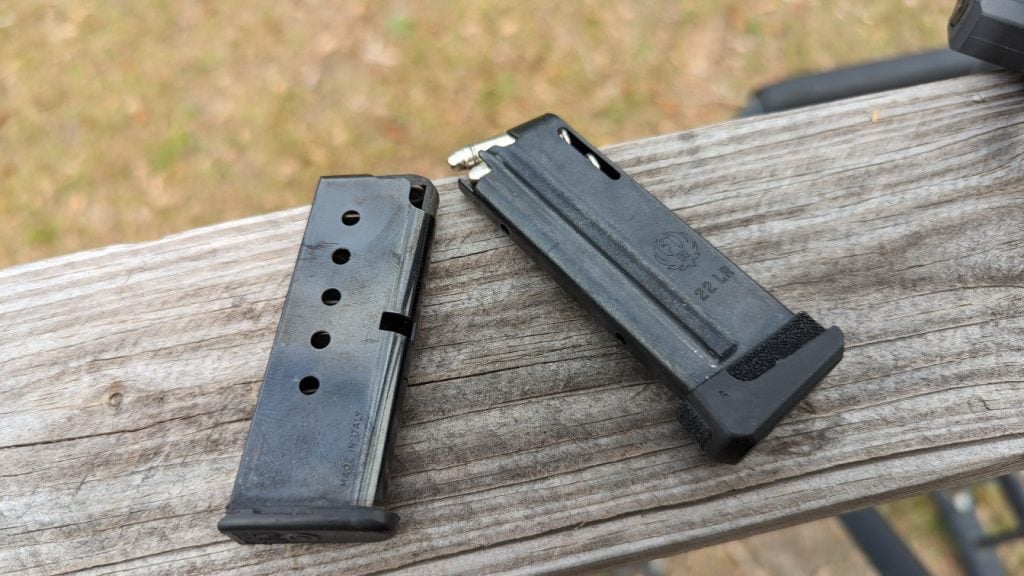
Cost
The .22 LR is much cheaper than the .380 ACP. Little guns are much tougher to shoot than larger guns and require additional training to master. What makes it easier to train than being able to buy very cheap ammo? What other caliber offers you several hundred rounds for less than $20? There is also a lower stress and stamina cost to shooting a pocket .22 LR over a pocket .380 ACP. It’s easier to shoot those hundreds of rounds and become a competent shooter with the .22 LR.
Where .380 ACP Really Shines
I don’t think pocket pistols should be the realm of the .380 ACP. I think the .380 ACP still has a spot in the modern era, and that is in compact pistols for those who are recoil-sensitive. The new Beretta Cheetah 80x, the Ruger Security-380, the S&W EZ, the P365-380, and similar weapons are outstanding options for self-defense and make excellent use of the .380 ACP.
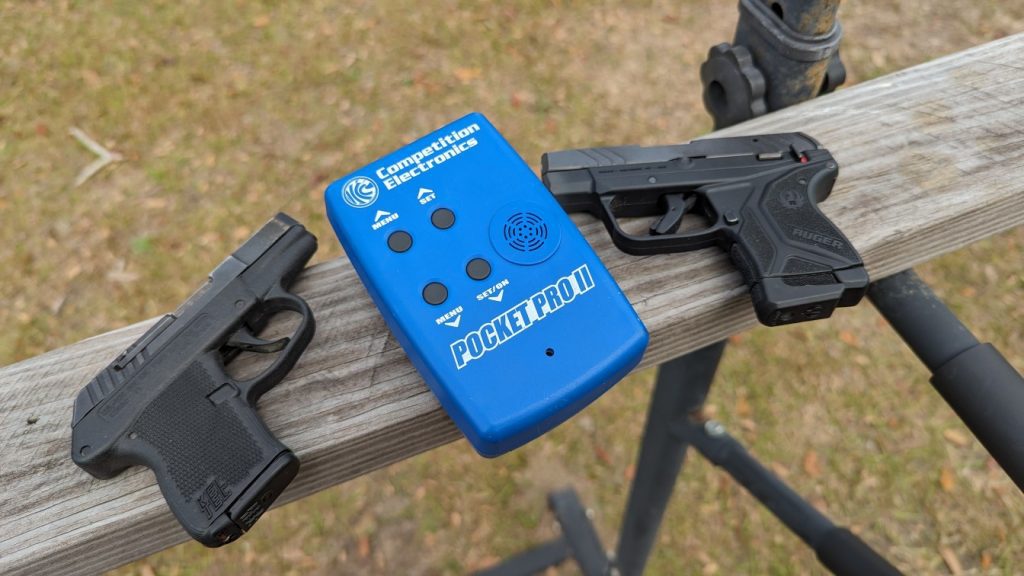
I think we are a little too obsessed with having a bigger bullet when we should be focusing on our ability to shoot targets with excellent accuracy and make repeatable hits. That’s why I think the .22 LR rules the roost when it comes to little guns. It’s accessible, affordable, has very low recoil, and is likely the better choice for the majority of shooters.

